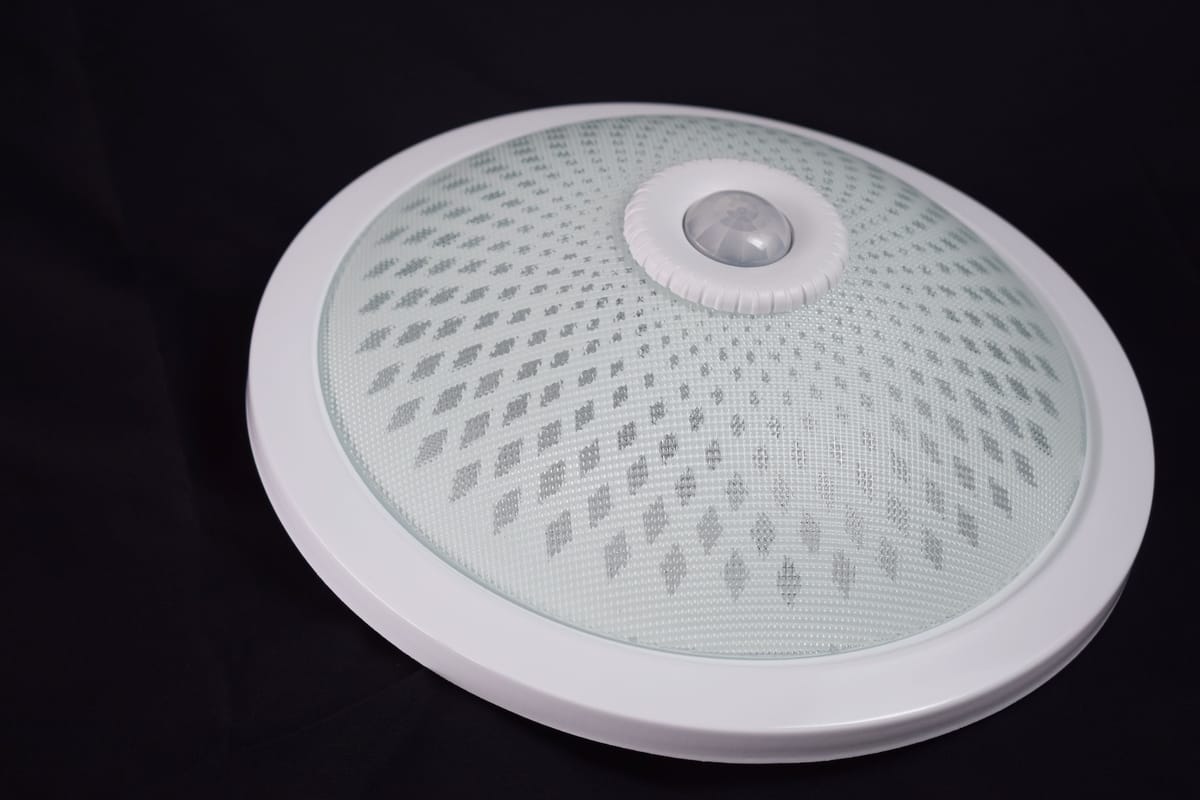

Improving Home Safety for Seniors
As people age, the risk of falls increases significantly, often due to diminished visibility and mobility issues. Motion sensor lights are a simple yet effective solution to enhance safety and convenience for elderly homeowners. These lights automate the process of turning lights on and off, eliminating the need for manually switching lights, which can be particularly hazardous in low-light conditions.
The technology behind motion sensor lights is straightforward: an active sensor detects movement and activates the light, ensuring that areas are well-lit when needed. This is especially beneficial at night when navigating through dark hallways or bathrooms can be treacherous. By reducing the risk of falls, motion sensor lights support independent living and provide peace of mind for both seniors and their families.
Types of Motion Sensor Lighting
There are several types of motion sensor lighting that can be installed in a home to cater to different needs and preferences.
Wireless motion-sensing lights are a flexible and low-cost option, ideal for seniors who frequently get up at night. These lights are battery-powered, making them easy to place anywhere, such as on the floor or a shelf, without the need for an outlet. They feature an invisible infrared beam that detects motion and turns the light on for a few minutes before shutting off to conserve battery power.
Plug-in motion-detecting nightlights are another option, particularly suited for bathrooms and hallways. These lights do not rely on batteries and use long-lasting LEDs, reducing the need for frequent bulb replacements. They conserve power by turning off when not needed, avoiding disruptions to sleep.
Motion sensor light switches are a convenient upgrade to existing lighting systems. These switches can be installed over existing light switch covers and automate the turning on of lights in areas such as closets, stairwells, and hallways. This helps prevent slips and falls by ensuring these high-risk areas are well-lit.
Motion sensor outlets allow any device plugged into them to turn on automatically when motion is detected. This can be particularly useful for lamps and other lighting fixtures, ensuring that seniors have light when they need it without having to fumble for switches.
Motion-activated toilet nightlights are a specialized solution for bathroom safety. These lights attach to the edge of the toilet seat and illuminate the area when motion is detected, preventing the need to turn on bright overhead lights and reducing the risk of falls.
Benefits of Motion Sensor Lighting for Seniors
The primary benefit of motion sensor lighting is the significant reduction in fall risks. By providing instant, hands-free illumination, these lights help seniors navigate their homes safely, especially in high-traffic areas and during nighttime.
Aside from safety, motion sensor lights are energy-efficient. They automatically turn off when the area is unoccupied, saving energy and reducing the need for frequent bulb replacements. This makes them a cost-effective and environmentally friendly option.
Motion sensor lights also offer customizable options, including different color and brightness settings. This allows seniors to choose the most comfortable and visible lighting for their needs, enhancing both safety and comfort.
Professional installation services are available for those who need assistance with setting up motion sensor lighting systems. Certified electricians can ensure proper placement and functionality, providing a complete safety solution for senior home lighting needs.
How Motion Detector Lights Work
Motion detector lights work on the principle of detecting movement within a certain range. The light contains an active sensor that registers changes in the environment, such as movement or sound waves, and activates the light accordingly. This technology is sensitive enough to detect significant movements like walking or making large gestures, while ignoring minor movements like shifting in a chair.
Supporting Independent Living
Motion sensor lights play a crucial role in supporting independent living for seniors. By automating lighting, these devices help seniors maintain their independence by reducing the need for manual light switching and minimizing the risk of falls. This technology can also be integrated with other devices in the home to produce medical alerts or perform other tasks, further enhancing safety and convenience.
In Summary
Motion sensor lights are an essential safety measure for seniors, providing automatic illumination that reduces the risk of falls and enhances independent living. With various types of motion sensor lighting available, including wireless, plug-in, and motion sensor light switches, seniors can choose the solution that best fits their needs. The energy-efficient and customizable nature of these lights makes them a practical and comforting addition to any senior's home.
Dues are $12 per year. Member benefits:
✅ Ad-Free Website Viewing
✅ Advocacy for Republican Seniors
✅ 120+ Senior Discounts
✅ Member Only Newsletters